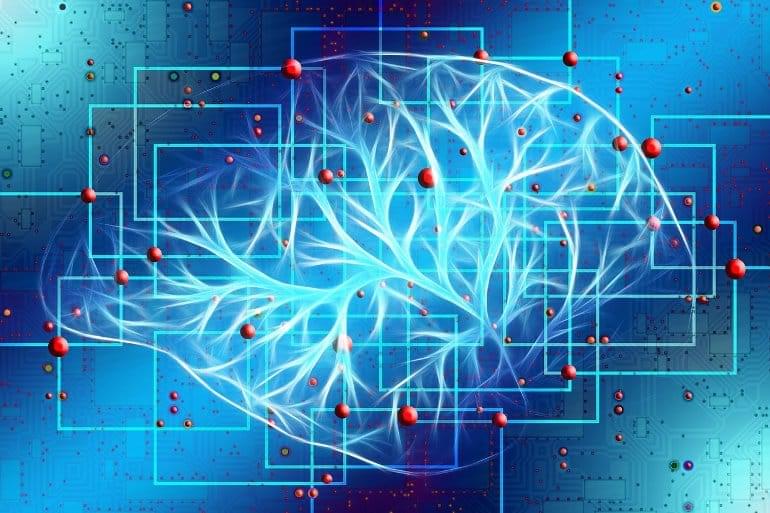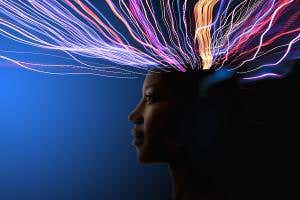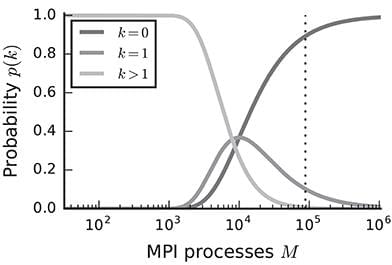
“ESA is ready to invest in defining the necessary adaptations of space hardware in an effort to enable these otherwise excellently qualified professionals to serve as professional crew members on a safe and useful space mission,” said the agency in a press release in February 2021, when it first issued the call for people with disabilities to apply for what ESA calls the “Parastronaut Feasibility Project.”
McFall’s selection is a huge step forward, but it’s not happening in a vacuum.
On December 14, twelve people with different disabilities will take off on a zero-gravity flight with AstroAccess, aboard Zero Gravity Corporation’s “G-Force One.” They’ll perform experiments to help answer some key questions for astronauts with disabilities — things like how quickly a person with mobility issues can get in and out of a flight seat in microgravity, how a blind person can use textured handholds to orient themselves and navigate the cabin without gravity, and whether sign language is understandable when one person is floating upside down.


















